ų„▐kå╬╬╗
Ń@╩»┘Øų·
ģf(xi©”)▐kå╬╬╗
║Ż═Ō├Į¾wų¦│ų
|
č▌ųv╝╬┘e
| č▌ųv╝╬┘e«Š |
║åĮķ |
č▌ųvā╚╚▌«╣ |

äóŌx
┴Ķ
|
|
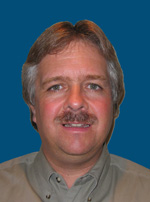
Tim Kober
|
|
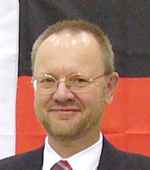
Tom Meyer
|
┐žäō(chu©żng)Ą─ATCA╚½├µš¹║Ž'AMC
everywhere'└Ē─Ņ
|

George Shenoda
|
|

Richard Soden
|
|
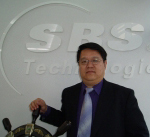
Ė└üčį
|
|

Jean-claude Gesang
|
|

Dr. George Kontopidis
|
|
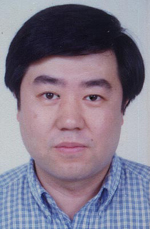
╩YŠSŲĮ
|
|

ĻÉ┤T
|
|

┼Ē╬─▀M
|
|

└Ņ╚
ĪĪ
|
|
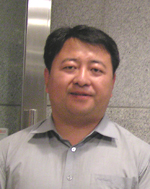
äóć°░▓
|
|

║·š²Ø²
|
|
|
